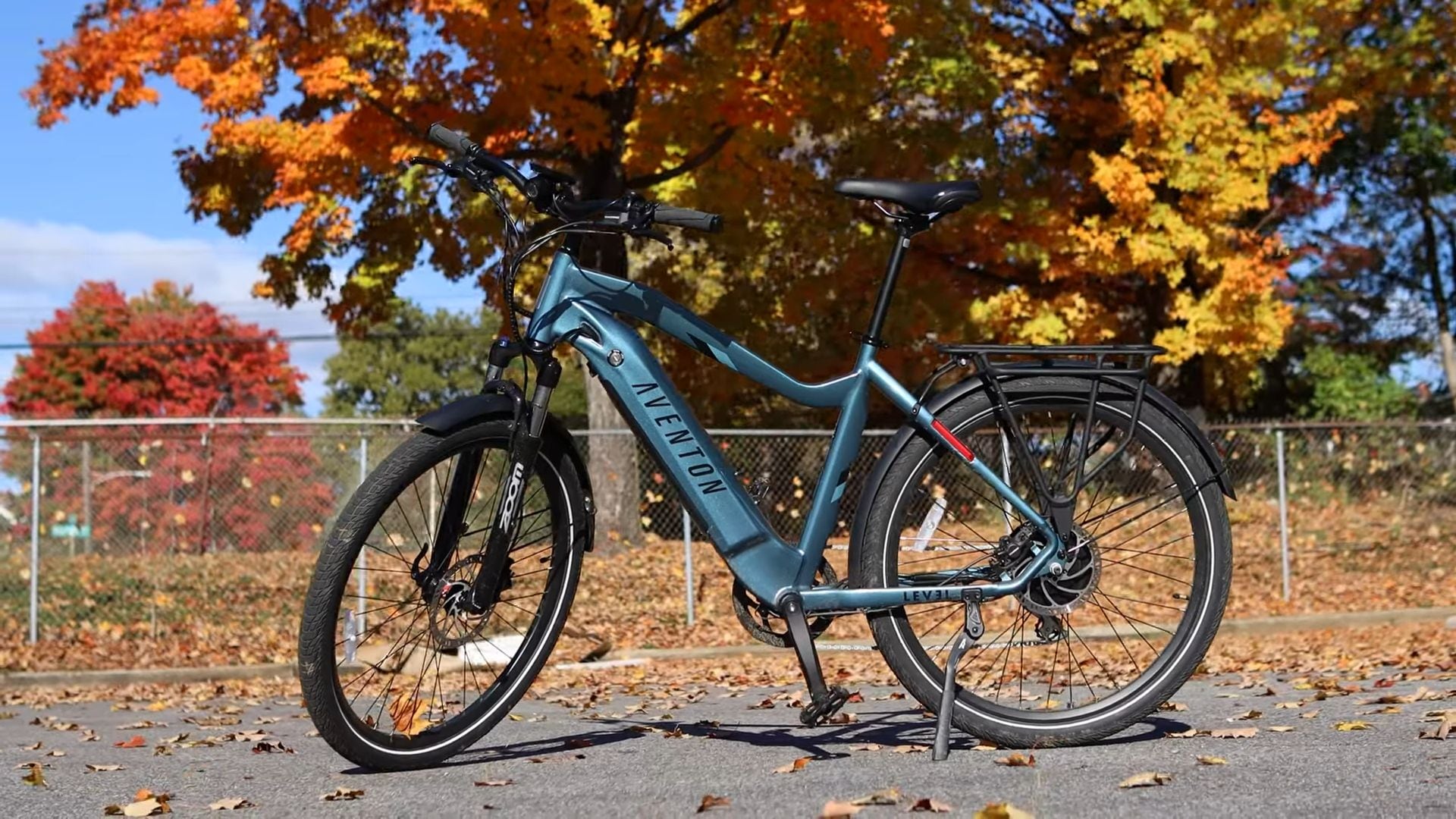Learn how to choose the right electric bike : compare motor types, range, battery, and features to find the best e-bike for your rides and lifestyle.
Whether you want to shorten your morning commute, ditch the car for quick errands, or just add a little extra zip to your weekend rides, an electric bike can be a game-changer. But with dozens of models, confusing specs, and prices that range from “surprisingly affordable” to “is this a motorcycle?”, choosing the right one can feel like navigating a bike path...blindfolded.
Here’s a practical, Canadian-made guide to help you find the best e-bike for your lifestyle, terrain, and budget.
Questions to Ask Before You Shop
How Will I Use It?
Commuting? Groceries? Mountain trails? Sunday spins along the waterfront? Think about your main reason for buying an e-bike. The best model for city riding won’t be the same as the one for gravel paths or cottage adventures.
What’s My Budget?
Electric bikes in Canada typically start around $1,000 and can go up to $5,000 or more for premium models with top-tier components. Decide early how much you’re willing to spend, and remember to budget for accessories like a helmet, lock, and (in some cities) a solid rain jacket.
Where Will I Store It?
Do you have space inside? A garage? Need to carry it upstairs? E-bikes are heavier than traditional bikes (usually 40-70 lbs), so folding models or lighter frames might be worth considering if you’ll be hauling it often.
Types of Electric Bikes

Commuter / City E-Bikes
Designed for paved roads and practical use, commuter e-bikes are built for comfort, efficiency, and safety. They usually come with fenders, racks, and integrated lights. Perfect for daily rides to work, school, or the grocery store.
Best for: Urban riders, students, short to medium-distance commuters.
Folding E-Bikes
Live in an apartment? Take public transit part of the way? Folding e-bikes are compact and portable, ideal for small spaces and mixed commutes. Just don’t expect high performance on long rides or hilly trails.
Best for: Condo dwellers, train-to-bike commuters.
Mountain E-Bikes (e-MTBs)
These are built to climb steep hills and take on rough trails. With beefier tires, suspension, and motors designed for torque, they’re great for adventurous riders, but often overkill (and overpriced) if you’re sticking to city paths.
Best for: Trail lovers, weekend warriors, off-roaders.
Hybrid E-Bikes
Think of these as the “Goldilocks” option: not too rugged, not too dainty. They’re versatile, with a more upright position and medium tires that work on both pavement and gravel.
Best for: Recreational riders, mixed-terrain use.
Cargo E-Bikes
If you’re replacing a car (or hauling kids, groceries, or even dogs), cargo e-bikes offer serious utility. They’re longer, heavier, and can be pricey, but they’re surprisingly fun once you get used to the feel.
Best for: Parents, delivery workers, gear haulers.
Key Features to Look For

Motor Type (Hub vs. Mid-Drive)
- Hub Motor: Usually in the rear wheel. Simple, affordable, and quiet. Best for flat city riding.
- Mid-Drive Motor: Located near the pedals. More balanced, better hill climbing, and more efficient, but also more expensive.
In Canada, most e-bikes are capped at 500W motor output and 32 km/h assistance: anything above that may be legally classified as a moped or require a licence.
Battery Range
Range depends on battery size (measured in watt-hours or Wh), your weight, terrain, and how much pedal assist you use. Most bikes range between 40 to 120 km on a single charge.
Look for removable batteries (easier to charge indoors in winter), and check how long they take to recharge: usually 3 to 6 hours.
Pedal Assist vs. Throttle
- Pedal Assist (PAS): Boosts your effort as you pedal, feels natural, extends range.
- Throttle: A twist or button gives you power without pedalling. Not always legal on bike paths in every province: check local bylaws.
Some bikes offer both.
Gearing
E-bikes often come with 7 to 11 gears. If you live somewhere hilly (hello, Vancouver), more gears help with climbs, especially if your battery runs low.
Internal hub gearing = lower maintenanceExternal = better performance (but needs more care)
Brakes
With higher speeds and heavier frames, hydraulic disc brakes are ideal. They offer better stopping power in wet or snowy Canadian conditions than rim brakes or mechanical discs.
Frame Material & Style
- Aluminum: Most common. Durable and light enough.
- Carbon: Rare, pricey, and ultra-light.
- Steel: Strong, but heavy.
- Frame styles: Step-through (easier to mount, great for city riding) vs. Step-over (more stable for high-speed or rough terrain).
Features You’ll Be Glad You Checked
- Integrated Lights: Crucial for visibility in early mornings or dusky fall evenings.
- Fenders & Racks: Game-changers for all-season commuters.
- Tire Width: 2” or more for comfort and grip; fat tires (4”+) for sand, snow, or trails.
- Display Screen: Tracks speed, battery, and distance. Bonus if it’s backlit or weather-sealed.
- Smart Features: GPS tracking, smartphone connectivity, and even anti-theft alarms.






